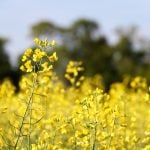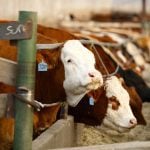
Tag Archives Sustainable agriculture
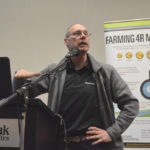
The phosphorus conundrum: low soil levels meet Lake Winnipeg pressures
Experts weigh in on managing low phosphorus levels in soil, while minimizing water health impact
Measuring crop yields from space
U.S. scientists develop new way to measure crop yields with high-resolution satellite images

Bioproduct innovators adding unique value to agriculture seed stocks
Flax is one crop that’s been receiving plenty of attention from this Ontario-based effort
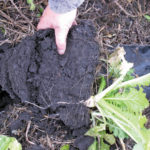
Season too short for cover crops? Maybe not
They could have a fit for Western Canada, but they require just as much planning as any other crop choice

Is strip tillage the new black for Manitoba farmers?

Cover cropping improves land and bank balance
Ontario farmer Blake Vince has harnessed the power of cover crops on his operation

CropLife report highlights importance of crop protection and biotechnology
The group says it’s ready to make the case for the value and economic contribution of the industry’s technology to the country
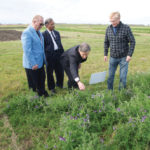
New funds for organic research
Researchers at the long-term organic research trials at Glenlea will be getting some state-of-the art equipment

Agriculture investment yields growth and nutrition gains for Africa
Agricultural productivity gains of 5.9 to 6.7 per cent a year offer a bright ray of hope for the continent
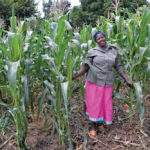
African smallholders are adopting conservation agriculture techniques
When you’re subsisting on three-quarters of an acre, increasing maize production from 32 kg a year to 990 kg is a life-changing event

